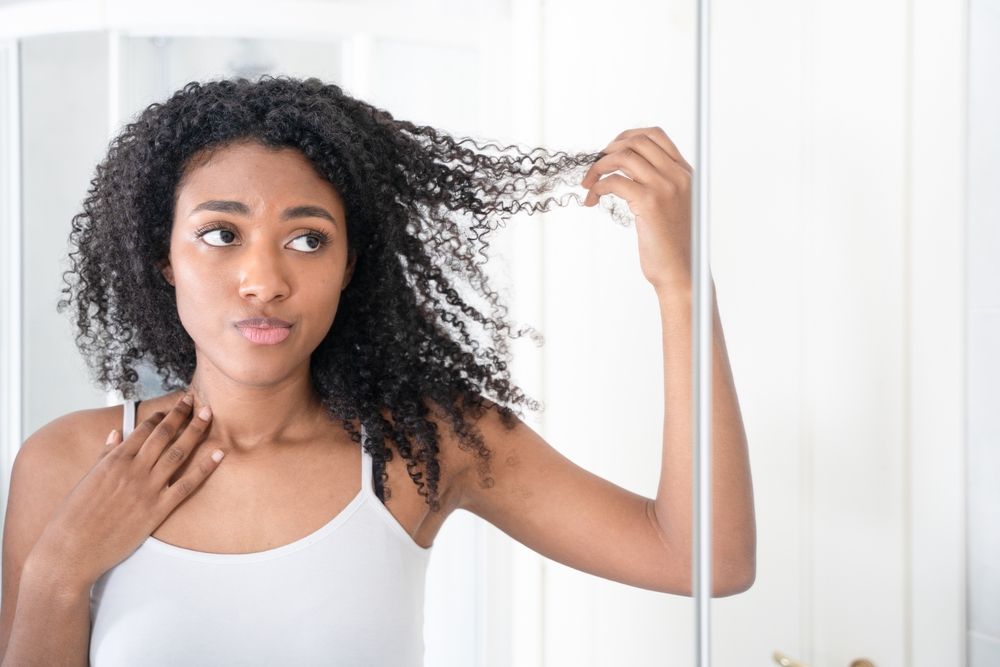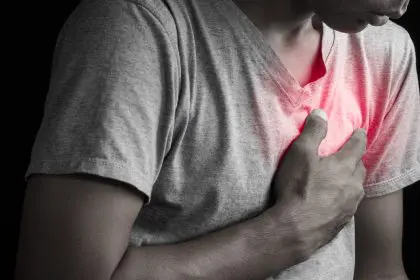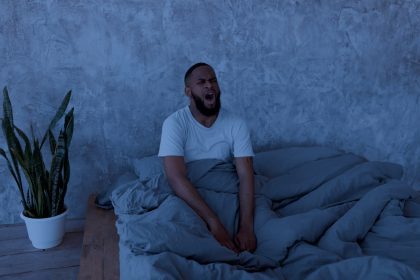Ever caught yourself staring at a clump of hair in your shower drain with a sinking feeling? Before you blame your shampoo or stress, consider a surprising culprit lurking beneath the surface — your iron levels.
Your hair isn’t just for styling. It’s actually a visible scoreboard of what’s happening inside your body, particularly when it comes to essential nutrients like iron. And it’s trying to tell you something important that your bloodwork might not reveal until you’re seriously depleted.
The iron-hair connection hiding in plain sight
Iron isn’t just for pumping up your energy levels. This mineral is absolutely critical for your hair’s growth cycle, strength, and overall appearance. When your body starts running low, your hair is often the first place to show the evidence — long before you might feel tired or winded walking up stairs.
Every strand of hair on your head grows from a follicle that requires a steady supply of nutrients, with iron playing a starring role. Iron helps red blood cells carry oxygen to these follicles. Without enough oxygen, your hair’s growth cycle gets disrupted, and your once-vibrant locks start sending out distress signals.
The truly fascinating part is that your hair can reflect borderline iron deficiency that might not even show up on standard blood tests yet. Your body has a hierarchy of needs, and when iron supplies run low, it diverts resources to critical organs first. Hair, being non-essential for survival, gets pushed to the bottom of the priority list. This means your strands can reveal subtle deficiencies before they become medically significant.
Decoding the signals your strands are sending
Iron deficiency doesn’t announce itself with a neon sign. Instead, it whispers through subtle changes in your hair that are easy to misattribute to other causes. Knowing what to look for can help you catch this common deficiency before it progresses.
The most obvious signal is increased shedding. Everyone loses 50-100 hairs daily as part of the normal growth cycle. But when iron runs low, more hair follicles prematurely enter the shedding phase. Suddenly you’re finding hair everywhere — on your pillow, clogging your brush, wrapped around your shower drain.
Beyond shedding, the texture of your hair changes in telling ways. Iron-deficient hair often becomes noticeably more brittle and breaks easily. That frustrating experience of hair snapping off before it can grow past your shoulders might not be heat damage after all — it could be your body conserving iron.
The way your hair catches the light changes too. Healthy hair has a natural luster created by an intact cuticle layer. When iron levels drop, this outer protective layer thins and becomes more fragmented, resulting in hair that looks dull and lifeless no matter what products you use.
Perhaps most distinctively, severely iron-deficient hair can actually change shape. If your normally straight or wavy hair has mysteriously developed odd kinks and bends, or if curly hair has lost its defined pattern, iron could be the invisible culprit altering your hair’s structure at the follicle level.
The thinning that no one talks about
While shedding gets most of the attention, iron deficiency creates another, more subtle type of hair thinning that many people miss — each individual strand gets physically thinner.
This phenomenon, called miniaturization, happens when your follicles downsize their operation due to limited resources. The result is finer, more fragile hair that lacks volume and body. You might still have the same number of hairs, but each one has less substance, creating an overall impression of limp, flat hair that won’t hold a style.
This type of thinning is particularly common at the temples and crown, creating widening parts and visible scalp that seems to appear almost overnight. Many people mistake this pattern for genetic hair loss, but unlike hereditary thinning, iron-related hair changes can often be reversed when the underlying deficiency is corrected.
What makes this especially tricky is that iron deficiency often develops gradually. The progressive thinning happens so incrementally that you might not notice until you compare current photos with ones from a year ago. That’s why regular assessment of your hair’s condition serves as an early warning system your bathroom mirror provides for free.
The overlooked iron thieves in your daily life
Even with a seemingly iron-rich diet, certain lifestyle factors can secretly drain your iron reserves and show up in your hair before anywhere else.
Intense exercise, especially endurance activities like running and cycling, increases iron needs substantially. Each foot strike causes tiny amounts of blood cell destruction, and sweat contains small amounts of iron. For active people, hair changes might be the first sign that your diet isn’t keeping pace with your training.
Women face additional iron challenges that directly impact hair health. Menstruation represents a significant iron loss each month. During perimenopause, when periods can become heavier or irregular, these losses can spike dramatically. Pregnancy and breastfeeding create enormous iron demands that can leave reserves depleted for months afterward.
Even your morning routine could be contributing to the problem. That daily cup of coffee or tea with breakfast? The tannins and polyphenols they contain can reduce iron absorption by up to 60% when consumed with meals. The timing of your caffeine habit could be affecting how much iron makes it to your hair follicles.
Less obvious iron thieves include acid-reducing medications for heartburn, which lower stomach acid needed for iron absorption, and certain gut conditions like celiac disease that damage the intestinal lining where iron is absorbed. In these cases, hair changes might actually be your first clue to a digestive issue.
The paradox of iron overload
Before you rush to supplement, understand that iron exists in a goldilocks zone — too little causes problems, but too much can be dangerous. A small percentage of people have conditions that cause them to absorb and store excessive iron, which can damage organs over time.
This creates a crucial distinction. While your hair can signal when you might need more iron, it cannot tell you if supplementation is safe for your specific situation. Hair changes warrant investigation, not self-diagnosis and treatment.
Some of the most severe cases of iron-related hair issues occur in people who supplemented without testing, either taking too much or focusing on iron when their hair was actually signaling a different deficiency with similar symptoms.
The wisest approach is to use your hair’s signals as motivation to check your iron status properly. A complete iron panel should include not just hemoglobin, but ferritin, which reflects your iron storage and correlates most directly with hair health. Many people with normal hemoglobin have low ferritin that affects their hair significantly.
Bringing your locks back to life
The upside to iron-related hair changes is their potential reversibility. When you restore proper iron levels, hair follicles can resume normal function relatively quickly, though visible improvements take time due to hair’s growth cycle.
New hair growth typically becomes visible at the roots within 3-6 months of correcting an iron deficiency. The texture and strength of existing strands may improve sooner as your body allocates more resources to maintenance.
The most dramatic improvements happen when you address both the iron deficiency and provide the complementary nutrients that help your body utilize iron properly. Vitamin C dramatically enhances iron absorption, especially from plant sources. B vitamins, particularly B12 and folate, work synergistically with iron in the production of red blood cells that nourish hair follicles.
What many people don’t realize is that protein intake matters tremendously for iron utilization in hair growth. Hair is primarily made of protein, and without adequate dietary protein, your body cannot use the available iron to construct new hair, even if your levels are theoretically sufficient.
Your hair has been patiently trying to tell you something important about what’s happening inside your body. The question is — are you finally ready to listen to what your strands have been saying all along?















